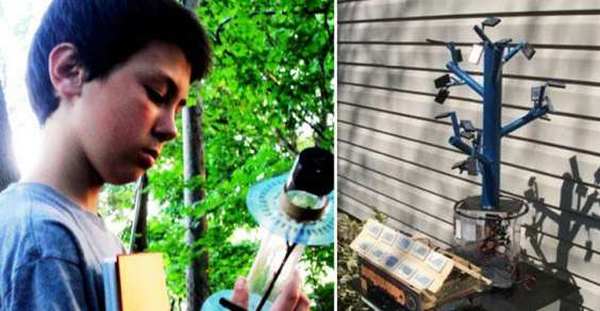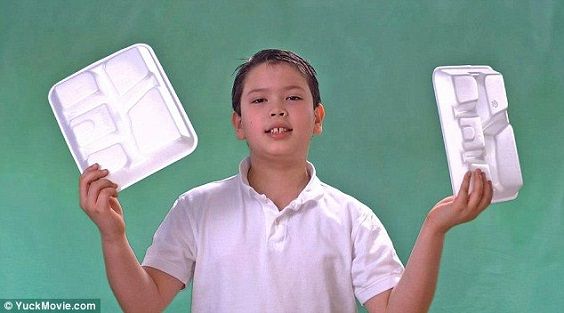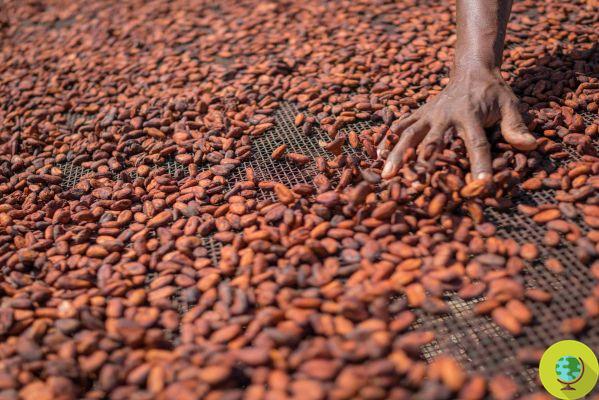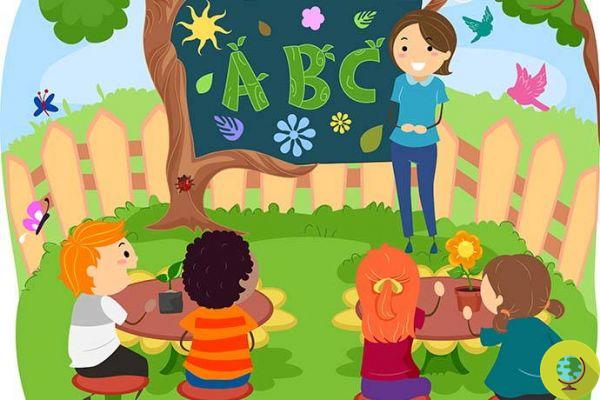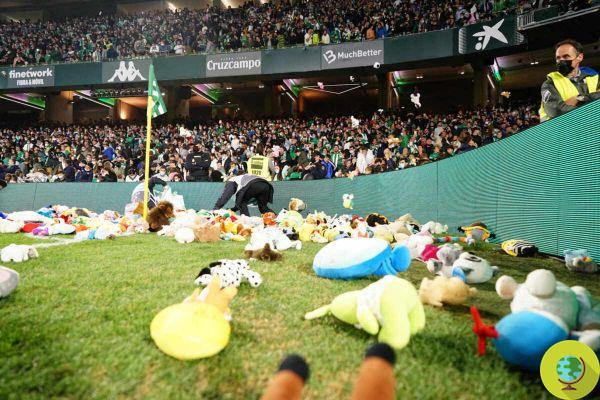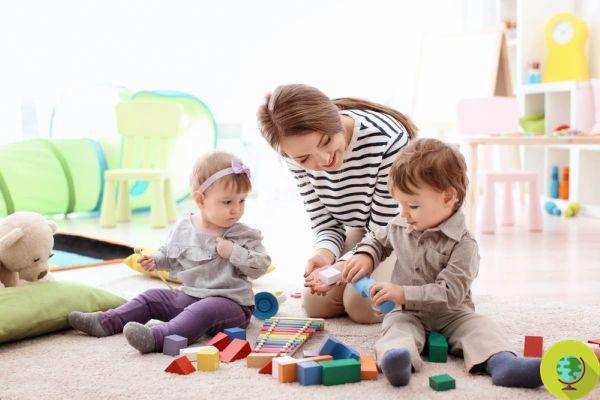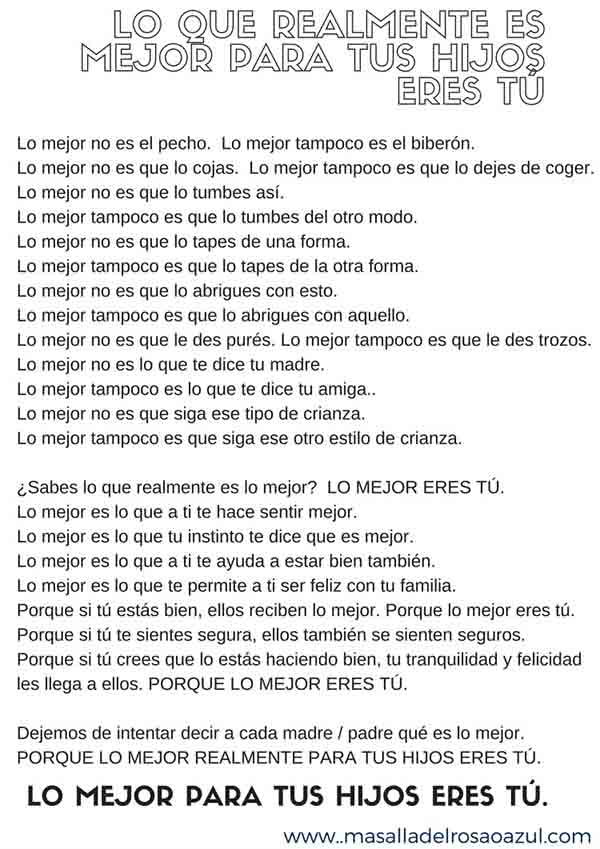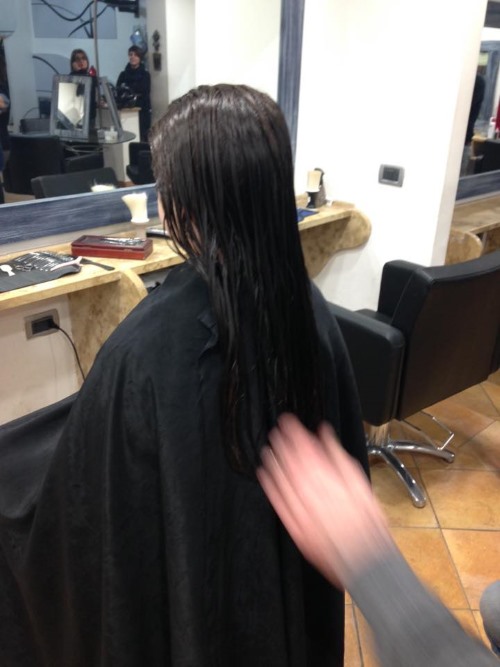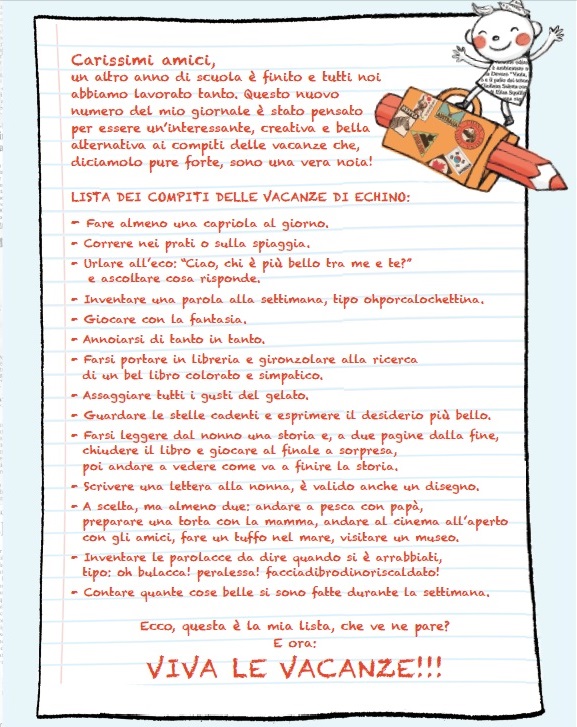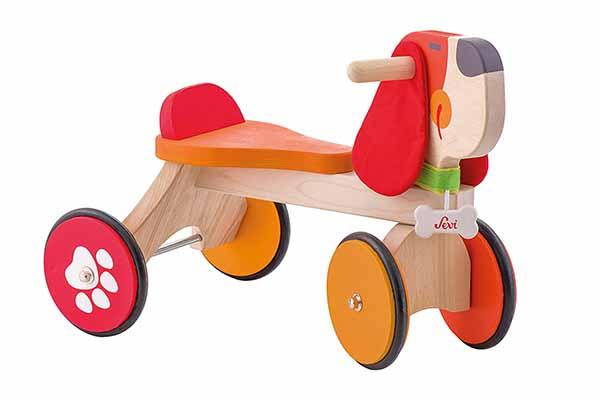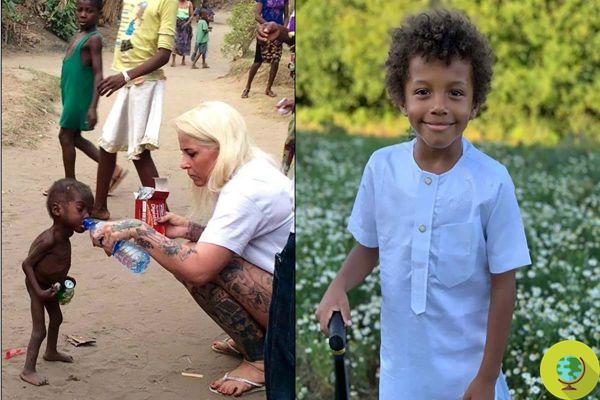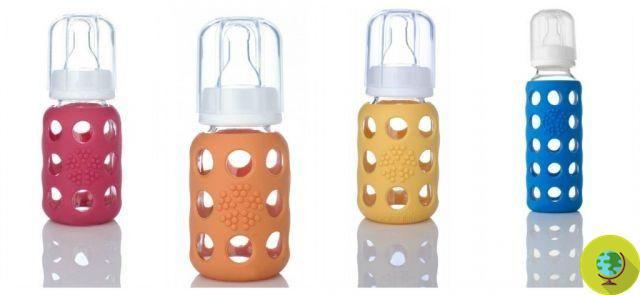We can provide children with very simple educational games to make at almost zero cost, such as Elinor Goldschimer's treasure chest. The ideas of this British educator and pedagogist born in the early twentieth century are in fact still very current.
Don't store avocado like this: it's dangerous
We can provide children with very simple educational games to make at almost zero cost, such as basket of Elinor's treasures goldsmith. The ideas of this British educator and pedagogist born in the early twentieth century are in fact still very current.
The treasure chest game is one of his best known and most appreciated proposals. It is especially aimed at children aged between 6 and 10 months and allows them to discover the world around them through objects.
The idea was born from his experience in Asili's nest. He studied their needs and psychology in depth. He considered it very important that the children did not remain inactive and that they were the protagonists of friendly and emotional relationships, to avoid sensory and psychological damage.
La opportunity to play and emotional security in his opinion, they are among the most important aspects of a child's life.
We can define the treasure chest as a playful technique which allows the still small child to have at his disposal a series of objects to discover that otherwise he would not be able to reach, since he is not yet able to walk.
To prepare this game you just need to have it available a wicker basket, or other material, and a series of objects suitable for forming its content. The basket should be large enough to hold numerous items but also a suitable size for the child to touch and try to grab them.
The game must take place under the supervision of the adult. In fact, children will tend to bring objects to their mouths to discover them and from this point of view it is good to avoid any risk starting from the choice of the same. Therefore, objects that are too small that the child could ingest should be avoided.
The child will explore the objects he prefers by touching them with his hands and bringing them to his mouth. The parent or in any case an adult will be at her side as a reassuring presence but will not have to intervene (except in case of necessity) to allow the child to devote himself to thefree exploration of the contents of the basket.
You can choose the number of objects to put in the basket, which in the cases of the most stimulating games can also contain up to 60 or 100, so that the child never gets bored and always has surprises and something new to discover. However, you can prepare a small basket with about 10 or 15 objects.
How to choose items for the treasure chest
The choice of objects to put in the treasure chest for your child must first of all stimulate all five senses: touch, smell, taste, hearing and sight. Sight will be stimulated by the size, color and brightness of objects, hearing will be attracted by the noises that objects can produce just by touching them. The smell and taste of the different materials will stimulate the sense of smell and taste, while as regards the touch we will choose objects of different textures, weights and shapes.
You can choose objects of natural origin, objects in wood, metal or other materials. Some examples of objects considered suitable for the wish basket are: rattles, pine cones, tennis balls, natural pillows stuffed with lavender flowers or cloves, jam jar lids, cookie cutters, wooden comb, brush, toothbrush in natural bristles, chestnuts, walnuts, well-polished stones, sponges.
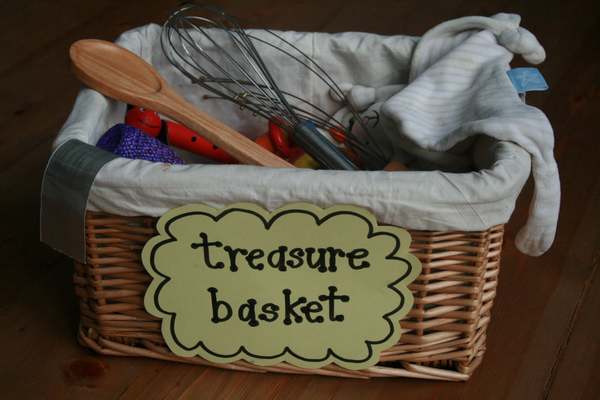
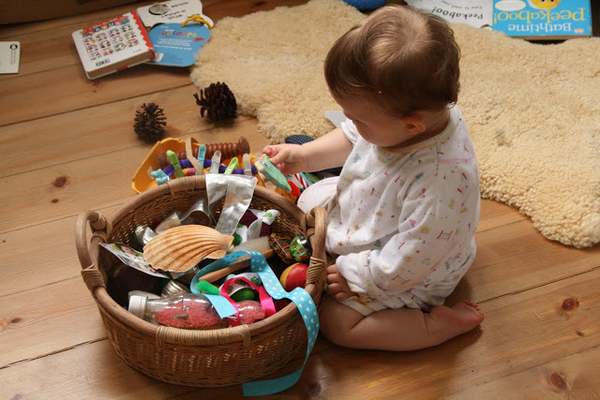
Fonte foto: The Imagination Tree
The idea is to bring the child closer to the basket and to be the witnesses - as mere observers - of his discoveries and explorations. When the child is older, you can evolve this game in the style of box for guessing objects of method Montessori. In fact, when children have learned to recognize objects by naming them, they can have fun guessing them.
To find out more about the subject, we suggest reading the following texts: "The case of surprises" by Guido Petter and "The rope ladder" by Judith Pinnock.
Marta Albè
Fonte foto: The Imagination Tree
Read also:
10 DO-IT-YOURSELF GAMES AND FURNITURE ACCORDING TO THE MONTESSORI METHOD
MONTESSORI METHOD: HOW TO BUILD THE CALMING JAR
MONTESSORI METHOD: 10 PRINCIPLES TO EDUCATE HAPPY CHILDREN




